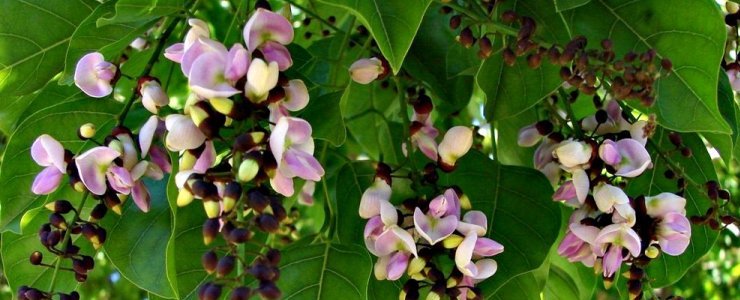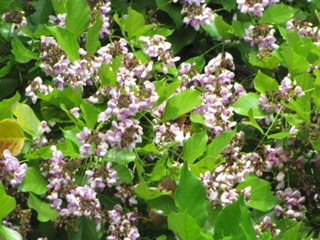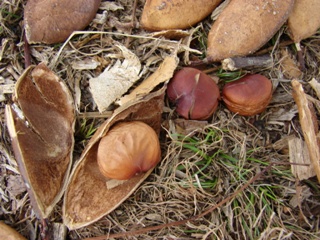
Medicinal Value
| Plant Part | Medicinal Value |
| Flower | Used to treat bleeding hemorrhoids, or piles |
| Fruit | Aid treatment of abdominal tumors, female genital tract infections, ulcers, and hemorrhoids |
| Seed | Extracts
can be used to heal scar tissue
tumors, treat high blood pressure,
and treat anemia Powder reduces fever and helps in treating bronchitis and whooping cough |
| Oil (extracted from seed) |
Used as an
astringent and to kill parasitic
worms Helpful in treating whooping cough, piles, liver pain, chronic fever, ulcers, and leprosy Relieves sore joints and muscles and arthritis Used to treat eczema and other skin irritations when mixed with zinc oxide |
| Leaf | Whole
leaves used as a digestive and
laxative and to treat inflammation
and wounds Leaf juice aids in treatment of leprosy, gonorrhea, diarrhea, flatulence, coughs, and colds Leaf infusions and extracts alleviate rheumatism and itches, respectively |
| Stem | Extracts used to lower or relieve fever and to sedate the central nervous system |
| Bark | Relieves
coughs and colds, reduces spleen
inflammation, and mental disorder Useful for treatment of bleeding piles |
| Root | Used as a
toothbrush for oral hygiene, used
for killing parasitic worms, and
used to treat vaginal and skin
diseases Juice used to clean ulcers and to close open sores Mixed with coconut milk and lime water, juice can treat gonorrhea |
 |
On to Pongamia pinnata's
Interactions with Other Organisms Back to the Homepage |
| Image taken by Forest & Kim Starr |
